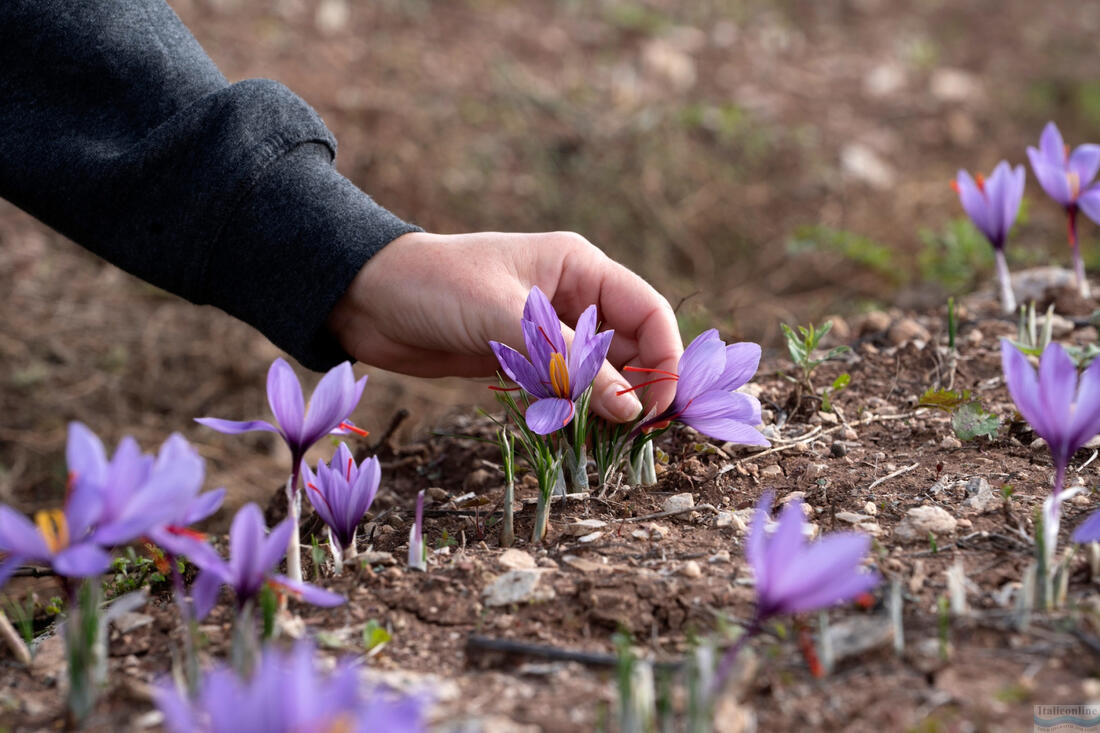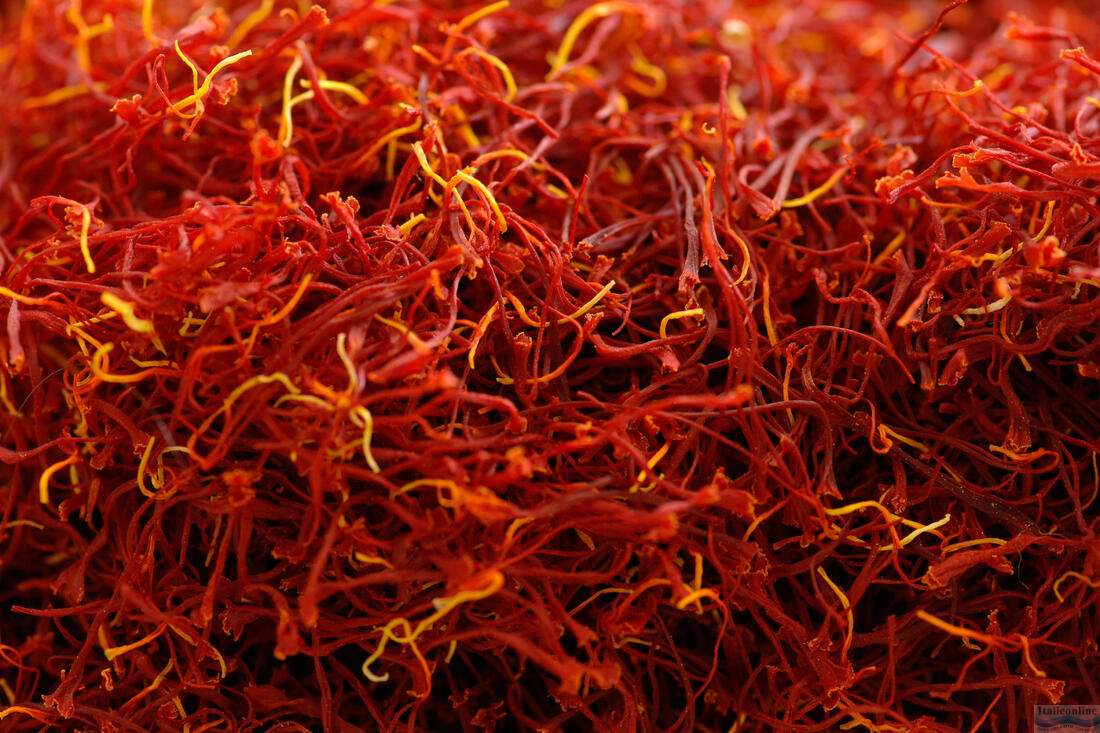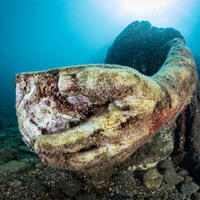This saffron comes from the Abruzzo region, specifically from the area around the town of L'Aquila, located in the central part of Italy.
History and tradition
The cultivation of saffron in the L'Aquila area has a long history dating back to the Middle Ages. saffron was one of the main export products in the area and became a symbol of prosperity. Over the centuries, this precious spice has become important not only in local cuisine but also in traditional medicine and the textile industry, where it was used as a dye. Today, Zafferano dell'Aquila is a protected trademark with protected designation of origin (PDO) status, which means that its cultivation and processing must meet strict quality standards.
Growing and harvesting
saffron from L'Aquila is known for its excellent quality. This is due to the specific climatic conditions and cultivation methods. L'Aquila is an area with a mild climate that is ideal for the growth of crocus, the plant from whose flowers saffron is obtained. Cultivation is demanding and requires careful care. Each saffron flower is picked by hand, very gently, as the stamens (stigmas) that are collected for saffron must be extracted immediately after flowering to preserve their freshness and quality.
To obtain 1 kg of saffron, more than 150 000 flowers must be collected. This process is laborious and requires considerable patience, making saffron one of the most expensive raw materials in the world.

Use in the kitchen
Zafferano dell'Aquila is prized for its ability to add not only a beautiful colour to food, but also a complex and delicate flavour. In Italian cuisine, it is used in a wide range of dishes - from risotto and pasta to desserts. The most famous is probably risotto alla milanese, which is made with saffron and is a popular dish not only in Lombardy but throughout Italy.
saffron is also used in traditional sweet dishes such as panettone or sciroppo di zafferano, a syrup used to flavour some desserts. In addition, saffron from L'Aquila is also used in the preparation of some localspecialities such as agnello alla cacciatora (wild lamb) or zuppa di farro (spelt soup).

Health benefits
In addition to its unmistakable flavour and aroma, saffron has a number of health benefits. In traditional medicine, it has been used to treat various ailments such as digestive problems, stress and anxiety. saffron contains a number of bioactive compounds that have anti-inflammatory, antioxidant and antidepressant effects.







